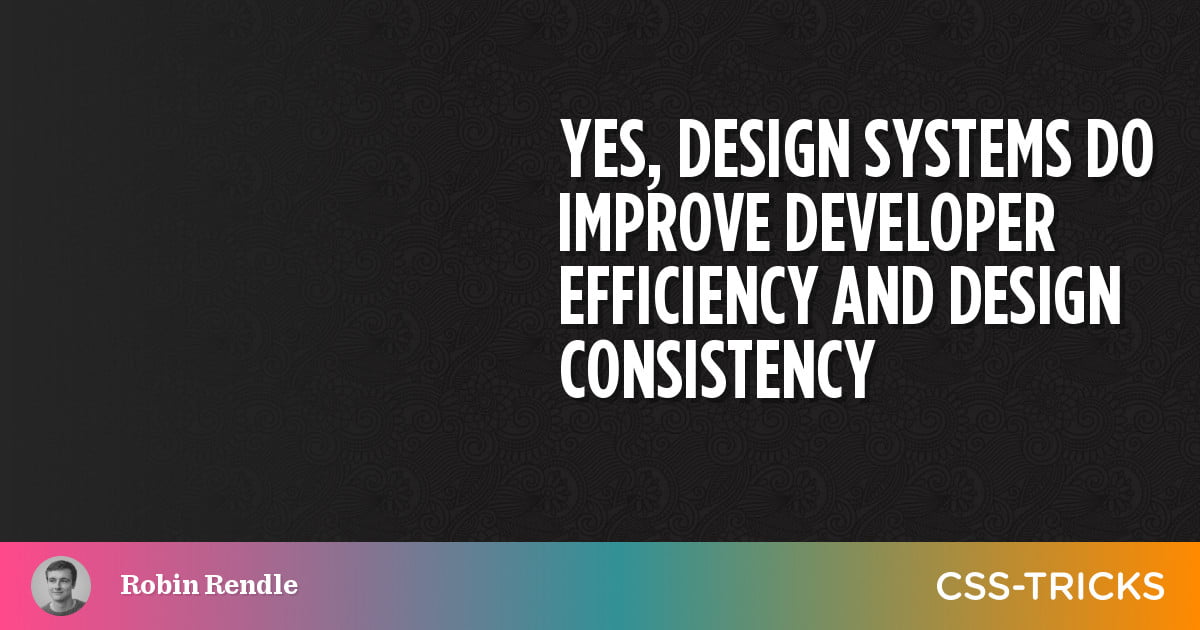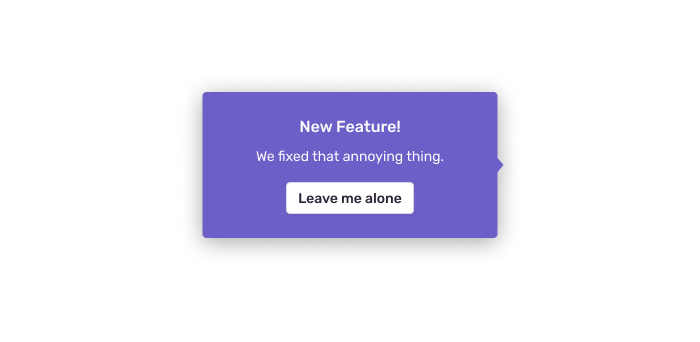
One of the toughest things about being someone who cares deeply about design systems is making the case for a dedicated design system. Folks in leadership will often ask you to prove the value of it. Why should we care about good front-end development and consistency? Sure, sure, sure, they say—everyone wants a flashy design system—but is it worth the cost?
That question is tough because developer productivity, front-end quality, and even accessibility to some extent, are all such nebulous things. In contrast, this is one of the smartest things about Google’s Core Web Vitals because it puts a number on the problem and provides very actionable things to do next.
When it comes to design systems, we don’t really have metrics that we can point to and say “Ah, yes, I need to put folks on the design systems team so that we can push our design system up from a bad score of 60/100.” It would be neat if we did, but I don’t think we ever will.
Enter Sparkbox. They wanted to fix this by testing how much faster their eight developers were in a little test. They got their devs to make a form, by hand, and then do it again using IBM’s Carbon design system, which they’d never used before.
The results are super interesting:
Using a design system made a simple form page 47% faster to develop versus coding it from scratch. The median time for the scratch submissions was 4.2 hours compared to the 2 hour median time for Carbon submissions. The Carbon timing included the time the developers spent familiarizing themselves with the design system.
Now imagine if those devs were familiar with Carbon’s design system! If that was the case, I imagine the time to build those forms would be way, way faster than those initial results.






